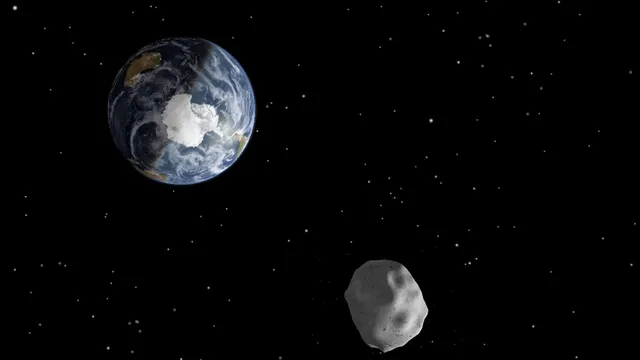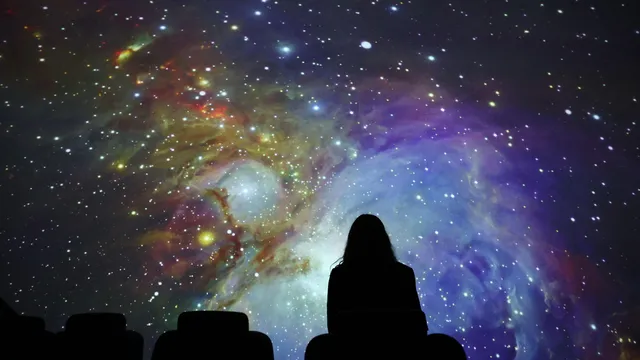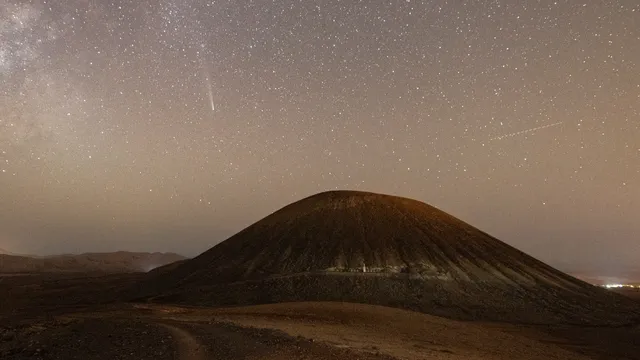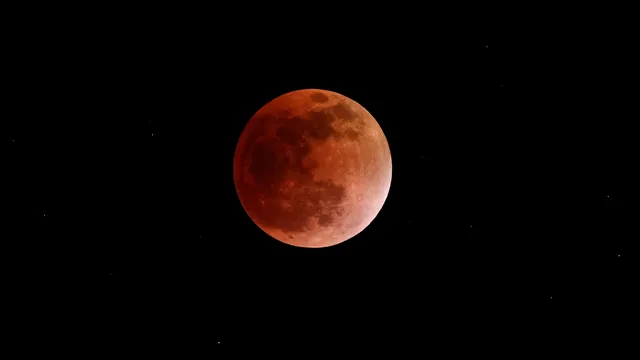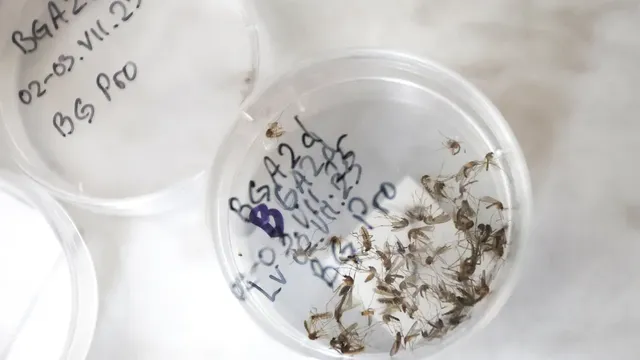The building blocks of Earth were "much wetter" than previously thought.
This is according to a new analysis of small samples from a distant asteroid, which refutes long-standing assumptions about the early Solar System.
The study of a small piece of 5.4 grams of rock and dust collected from the asteroid Ryugu, located about 300 million kilometers from Earth, offers new insights into what the solar system looked like in the early stages of our planet's life.
Scientists believe that the reason Earth has oceans, lakes, and rivers is that 4 to 4.5 billion years ago, it was struck by asteroids carrying water, which made it a habitable planet, AFP reported.
However, although previous studies have shown that there was water on asteroids in the early years of the Solar System, it was not clear how long this water lasted, said Tsuyoshi Iizuka, associate professor in the Department of Earth and Planetary Sciences at the University of Tokyo.
"Here, for the first time, we learned that water (in the form of ice) existed for a billion years. The discovery makes us rethink the initial conditions for our planet's water system," said Iizuka, author of the study.
The findings are just the latest in a series of studies conducted on the small sample taken from Ryugu by the Japanese probe Hayabusa-2 and returned to Earth in 2020.
The new study suggests that asteroids may have preserved water in the form of ice and hydrated minerals.
This means that the asteroids that struck the young Earth could have carried two to three times more water than previously thought, which had a significant impact on the planet's early oceans and atmosphere, the study says.
Ryugu is believed to have been formed from fragments scattered after the destruction of its parent body, but researchers have not yet definitively determined its age.
However, using a radioactive decay system, they have found evidence that water flowed on Ryugu more than a billion years after the formation of its parent body.
This flow may have been caused by an impact that generated heat, melted the ice, and opened rock cracks, scientists say.
"I was surprised by the findings," Iizuka explained, adding that he plans to investigate whether similar water activity has occurred on other asteroids.
His team also hopes to trace how the water was stored, mobilized, and ultimately delivered to Earth.
NASA and other institutes are also studying samples brought back from the 4.5-billion-year-old asteroid Bennu in 2023.
A better understanding of the history of asteroids "will help us uncover the evolution of the solar system," Iizuka emphasized. | BGNES

 Breaking news
Breaking news
 Europe
Europe
 Bulgaria
Bulgaria
